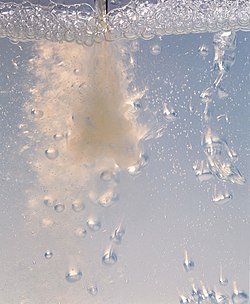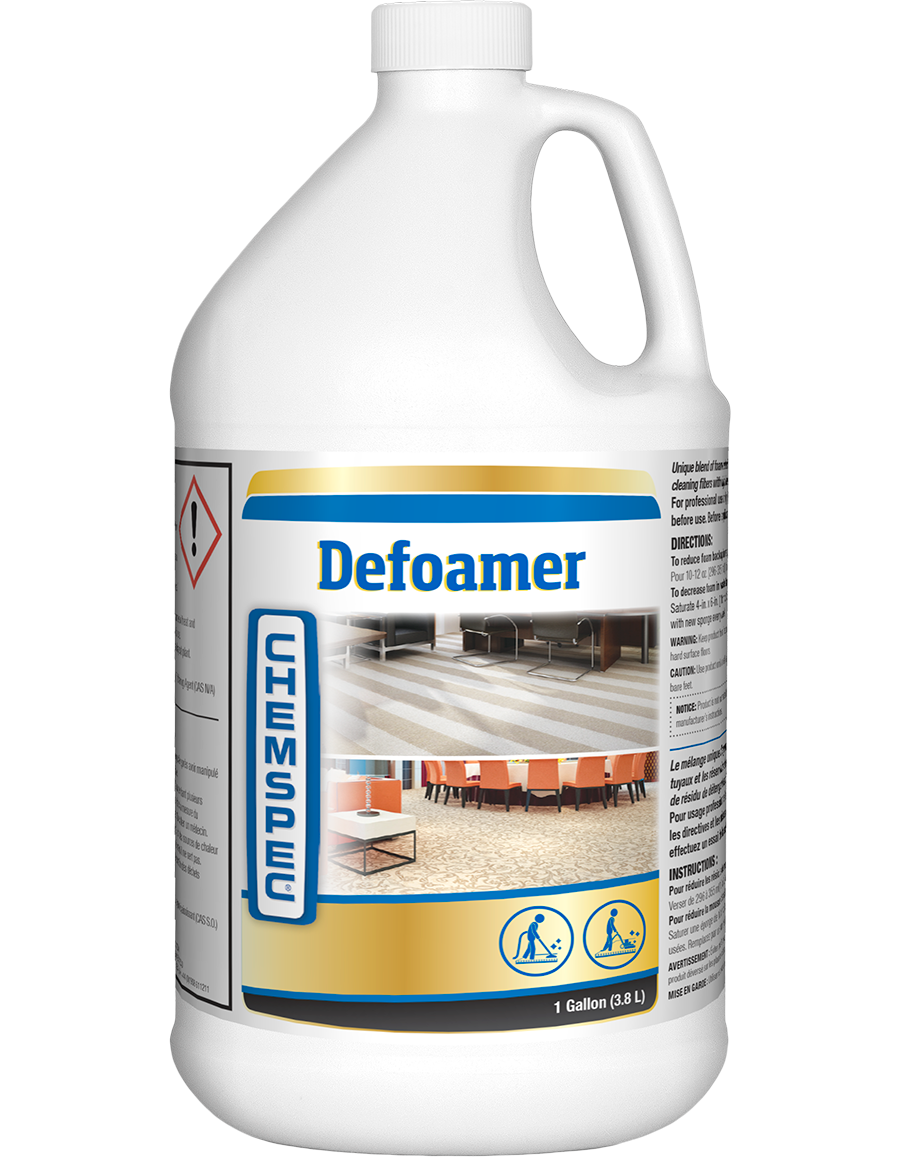A Detailed Guide to Selecting the Best Chemical Defoamer for Your Requirements
A Detailed Guide to Selecting the Best Chemical Defoamer for Your Requirements
Blog Article
Discovering the Advantages of a Chemical Defoamer in Production and Production
The integration of chemical defoamers in manufacturing and manufacturing procedures offers a strategic benefit by dealing with among the persistent difficulties in commercial procedures: foam control. Chemical Defoamer. Comprehending the nuances of different sorts of defoamers and their details applications can disclose their considerable influence on operational effectiveness and product quality. As producers make every effort to enhance processes and boost customer contentment, the duty of chemical defoamers ends up being progressively crucial. The question stays: just how do these substances essentially modify the landscape of manufacturing efficiency and cost-effectiveness?
Value of Foam Control
While the visibility of foam in manufacturing procedures can sometimes seem safe, efficient foam control is essential for enhancing functional effectiveness and item quality. Foam can conflict with numerous stages of production, leading to ineffectiveness that might extend and enhance prices processing times. In sectors such as food and drink, pharmaceuticals, and chemicals, uncontrolled foam can block devices, disrupt automated systems, and ultimately lead to item inconsistencies.

Applying reliable foam control approaches not just boosts performance yet additionally sustains governing compliance in markets where foam can bring about ecological concerns. By utilizing chemical defoamers, makers can mitigate these challenges, making sure smoother procedures and higher-quality final product. Ultimately, prioritizing foam control is an essential aspect of production that can generate substantial advantages in regards to effectiveness, security, and item reliability.
Kinds Of Chemical Defoamers
What kinds of chemical defoamers are readily available for producing procedures, and just how do they vary in application? Chemical defoamers can be categorized into 3 major kinds: silicone-based, organic, and inorganic defoamers. - Chemical Defoamer

Organic defoamers, commonly originated from natural oils or fatty acids, work in an array of applications, including food and drink production. They are usually favored for their lower toxicity and environmental influence, making sure compliance with market regulations.

Each kind of defoamer offers unique functions based on the chemical composition and the specific needs of the manufacturing procedure, permitting producers to select the most appropriate option for their particular demands.

Advantages in Production Effectiveness
Chemical defoamers play a crucial function in enhancing manufacturing efficiency by efficiently controlling foam generation during different processes. Foam can impede manufacturing rates, disrupt devices operation, and cause pricey downtime. By incorporating chemical defoamers, producers can alleviate these issues, ensuring smoother operations and enhanced general performance.
Using chemical defoamers assists enhance the functional performance of tools such as pumps, mixers, and reactors. With decreased foam, these machines can run at their planned ability, minimizing the danger of overflow and enabling linked here constant processing. This causes better resource application and higher throughput.
Moreover, chemical defoamers promote faster handling times by decreasing the time required for foam removal. This acceleration can considerably affect manufacturing routines, enabling makers to meet consumer need better. Furthermore, the usage of defoamers adds to decrease power intake, as equipment runs extra successfully with lowered foam disturbance.
Influence On Item Top Quality
Foam control is not just essential for maintaining performance in making procedures yet also plays a considerable role in guaranteeing product quality. Too much foam can present air right into formulas, bring about inconsistencies in the last item. This can show up as flaws such as spaces, uneven textures, or poor coatings, which undermine the desired top quality and efficiency of the product.
Furthermore, foam can prevent the homogeneity of blends, leading to uneven circulation of energetic ingredients. In industries such as coatings, cosmetics, and food manufacturing, this can result in variations in shade, taste, and overall performance. By making use of a chemical defoamer, makers can reduce these threats, making certain that products meet rigorous high quality specs.
Additionally, regulating foam can improve the security of solutions and suspensions, which is essential for guaranteeing shelf-life and customer complete satisfaction. With improved item consistency and minimized problems, suppliers can accomplish greater standards of quality guarantee, eventually bring about boosted consumer depend on and brand name loyalty.
Cost-Effectiveness and ROI
Reliable foam control not only boosts item high quality but likewise adds substantially to the overall cost-effectiveness of producing processes. The usage of chemical defoamers reduces foam-related problems, which can or else cause manufacturing hold-ups, equipment breakdowns, and enhanced power intake. By decreasing foam, manufacturers can enhance their processes, resulting in greater throughput and effectiveness.
Buying chemical defoamers can yield a considerable return on investment (ROI) The initial expenses linked with these ingredients are often balanced out by the financial savings understood from lowered downtime and boosted material yield. Boosted item quality can lower waste and remodel expenses, better boosting financial efficiency.
Furthermore, reliable foam control can cause reduced water and power use, contributing to lower operational costs. This is especially important in markets where resource effectiveness is vital. By integrating chemical defoamers into their processes, makers can accomplish long-term cost savings while preserving affordable rates in the market.
Final Thought
In verdict, the have a peek at this website integration of chemical defoamers in production and production procedures is necessary for optimizing operational efficiency and improving product high quality. The benefits provided by chemical defoamers not just sustain regulatory conformity but also offer an affordable edge in the production landscape.
The combination of chemical defoamers in manufacturing and manufacturing procedures offers a calculated advantage by attending to one of the persistent challenges in industrial operations: foam control.While the visibility of foam in manufacturing processes can in some cases seem safe, effective foam control is important for optimizing operational performance and product high quality.Chemical defoamers play a critical role in enhancing making efficiency by efficiently managing foam generation during numerous procedures.Moreover, chemical defoamers facilitate faster handling times the original source by decreasing the time needed for foam removal. Additionally, the usage of defoamers adds to lower power usage, as equipment runs more efficiently with minimized foam interference.
Report this page